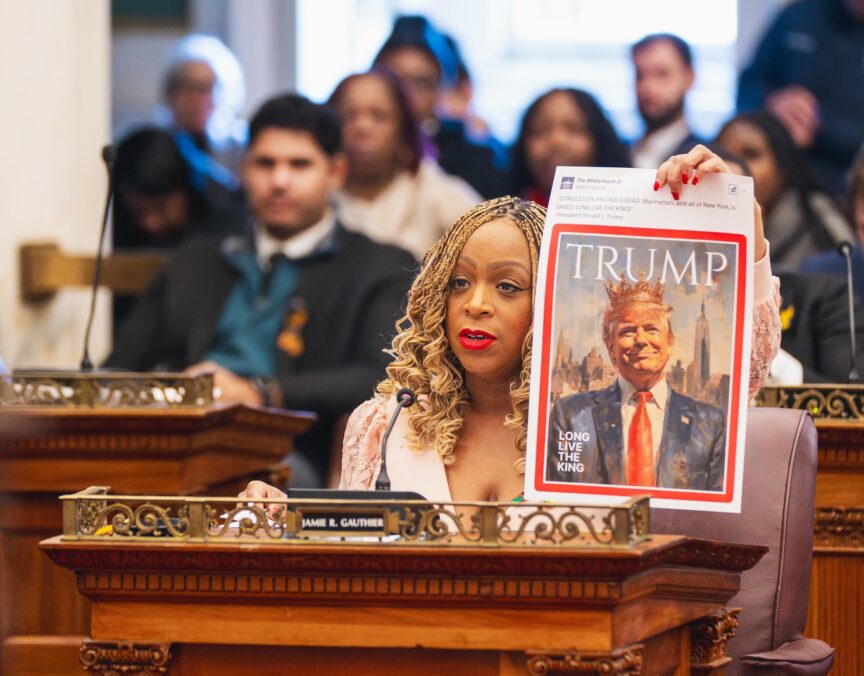If you are on Tiktok, the odds of seeing the viral Stanley water bottle or tumbler are very likely. These cups are the newest water bottle trend, pumping the Hydro Flask, Yeti, Swell and even Owala closer to the old water bottle graveyard. The perks of a Stanley are cute colors, a handle for easy holding, a straw to promote hydration and large sizes to allow the user to decrease the amount of refills necessary. These cups range from 12 to 40 ounces and are relatively affordable. The con of the Stanley: it is another water bottle that has no world-changing qualities to warrant throwing out an old bottle in favor of a new cup.
In the past year, Stanley has seen a massive boom in popularity and revenue, selling more than 10 million in 2023. The specific Quencher model of Stanley made the company over 800 million dollars in 2023 alone. The company can thank social media and the consumption culture promoted by social media influencers for the increase in popularity in their sales. Not only do these social media influencers help to spread awareness about the water bottle, but they also convince the viewer that more than one is needed. TikTok user @aly_zee12’s videos show her 18-cup collection of Stanley’s, all in different colors. Her comment section is filled with jealous viewers asking for details about each of the cups, rather than pointing out that having 18 of the same water bottle is highly unnecessary. Creators like @aly_zee12 are the reason social media users feel compelled to purchase every single trend that comes across their screen.
Society today has turned into a place where having enough is never enough. People nowadays would do anything to avoid using accessories from last week’s hottest trends. The Stanley water bottle can be seen pretty much everywhere. Just two years ago the Hydro Flask could be seen in nearly everyone’s backpack, and a few years before that it was the Yeti tumbler. Purchasing a new water bottle for no reason other than being hot and popular is just one example of how Americans overspend repeatedly. In 2023, the average American household spends roughly $696 a month on entertainment-based goods alone according to Ramsey Budgeting Services. While it is okay to splurge occasionally and treat yourself after a long week or day at work, the constant purchasing of unnecessary items is creating a dilemma for the average person.
The Stanley trend further emphasizes the over-consumption and over-pollution problems that shopping sites like Shein or Forever 21 can also be blamed for. These clothing brands allow the buyer to get copious amounts of items for an extremely low price. Ideal for the broke college student, and horrible for the environment. The fashion industry created 97 million tons of waste in 2023; included in this number are the clothes that are thrown away by the wearer. When a piece of clothing is cheaply made, it only gives the wearer a few opportunities to actually use the product before it completely falls apart. 66% of the clothing and textiles thrown away are sent to landfills where they sit and decompose for years. Out of all the clothing that is thrown away, only 15% are recycled. To make these statistics worse, half of the “recycled” 15% is simply shipped overseas where it sits in landfills in different countries across the globe due to the low-quality materials and poorly made styles.
Social media has created a society that promotes overconsumption. Influencers have people convinced that to be deemed “worthy” or “cool” you must have the newest water bottle, hippest clothes and cannot use the same outfit or accessories twice. Personal style is going out the window to promote cookie-cutter copies of everyone’s wardrobe and water bottles of choice. Rather than spending $50 on a new Stanley water cup a 20-something-year-old on Tiktok swears you need, social media should push people to appreciate the products they already have and encourage them to keep using the same water bottle until it breaks to decrease the amount of waste being created nowadays.












